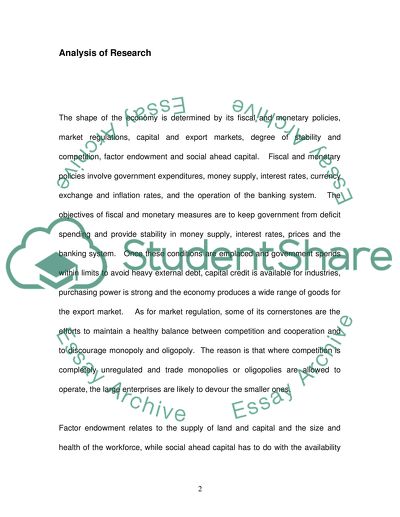Cite this document
(“Airline Industry and the Economy Essay Example | Topics and Well Written Essays - 2250 words”, n.d.)
Airline Industry and the Economy Essay Example | Topics and Well Written Essays - 2250 words. Retrieved from https://studentshare.org/miscellaneous/1516833-airline-industry-and-the-economy
Airline Industry and the Economy Essay Example | Topics and Well Written Essays - 2250 words. Retrieved from https://studentshare.org/miscellaneous/1516833-airline-industry-and-the-economy
(Airline Industry and the Economy Essay Example | Topics and Well Written Essays - 2250 Words)
Airline Industry and the Economy Essay Example | Topics and Well Written Essays - 2250 Words. https://studentshare.org/miscellaneous/1516833-airline-industry-and-the-economy.
Airline Industry and the Economy Essay Example | Topics and Well Written Essays - 2250 Words. https://studentshare.org/miscellaneous/1516833-airline-industry-and-the-economy.
“Airline Industry and the Economy Essay Example | Topics and Well Written Essays - 2250 Words”, n.d. https://studentshare.org/miscellaneous/1516833-airline-industry-and-the-economy.


